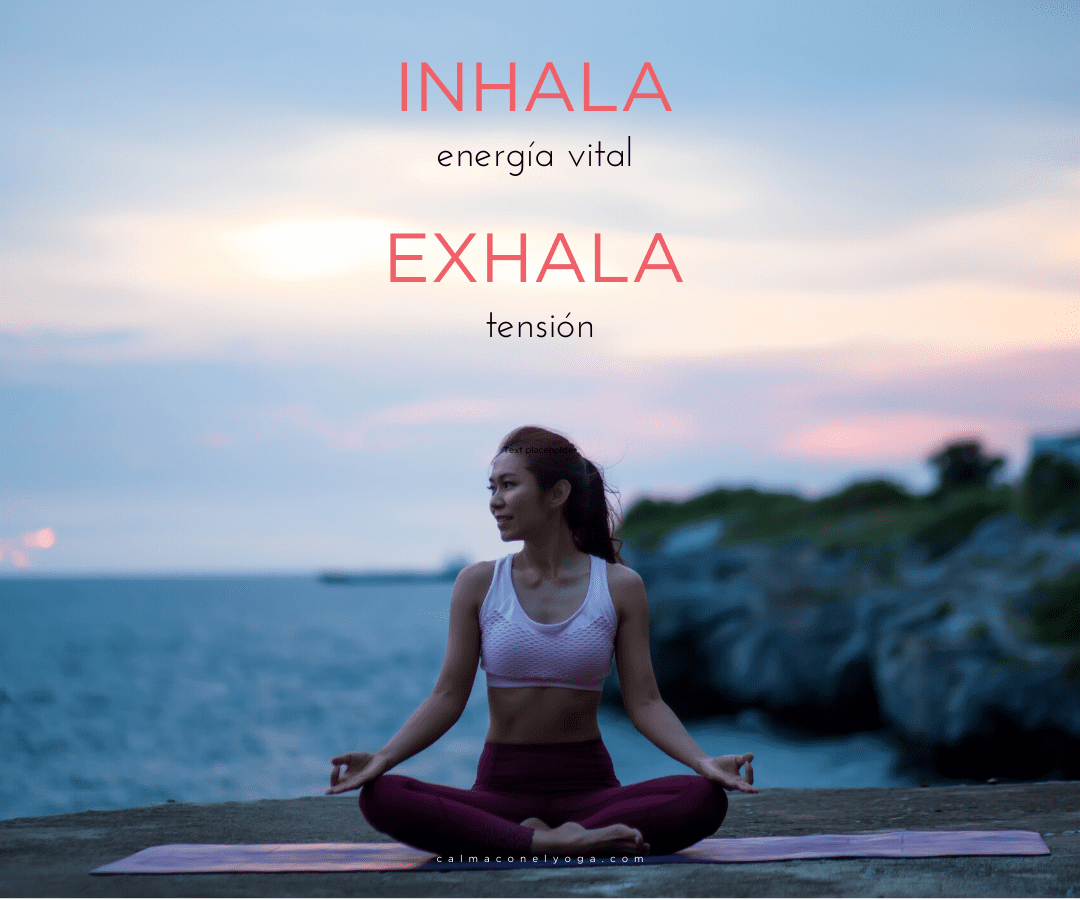– Dr. Wayne Dyer, author & philosopher Everyday unbeknownst to you these cells fight various battles with outside threats and intruders in order to help keep you safe, functioning, and strong. You need your immune system to be firing on all cylinders in order to feel good, think clearly, and perform at your best. So it’s important that you also do your part to support this system so it too can function at its highest. There are no days off for mom, so you better make sure you look after your health. 😉 If you’re constantly and chronically stressed out, anxious, sleep-deprived, malnourished, or dehydrated over time your immune function will weaken. (1) A weakened or compromised immune system can lead to chronic infections, inflammation, autoimmune issues, and even cancer. Luckily, you can boost immunity when you practice yoga! Yoga poses (asanas) are known to help re-balance the body’s defenses, so the next time you feel run down or like a cold is coming on think about getting on your yoga mat. The poses are only one way to practice yoga for boosted immunity. Yogic breathwork (pranayama) also offers multiple health benefits. Taking daily conscious, mindful deep breaths helps to balance the nervous system, reinforces the respiratory system, lowers blood pressure, reduces stress hormones, and can even help activate the lymphatic system, which plays a major role in immune function. You can include your kids in your immune-boosting yoga practice and teach them how to do these poses too. Here are some proven and effective specific ways to practice yoga for increased immunity and health…
5 immune-boosting yoga asanas:
Yoga poses in general help promote good blood flow, and the following ones have been known to even stimulate the thymus gland, which plays a vital role in immune function…
1- Bhujangasana (cobra pose)
2- Matsyasana (fish pose)
3- Adho mukha svanasana (downward dog)
4 – Uttanasana (forward bend)
5- Dhanurasana (bow pose/ backbend)
How belly breathing improves immune function:
When we breathe deeply and intentionally from our bellies (not our chests), we activate our diaphragm (the muscle underneath the heart and lungs that separates these from the abdominal cavity.) That’s why belly breathing is often also referred to as diaphragmatic breathing. We know we’re belly breathing when our lower belly expands outwardly when we inhale, and contracts inwardly when we exhale. Belly breathing helps to strengthen the digestive system. Since about 80% of your immune system is located in the folds of your digestive tract, this is really good news! Engaging the diaphragm by breathing in this way causes it to massage the internal organs and glands, which in turn helps move lymph (fluid containing the immune system’s white blood cells) throughout the body to their targeted locations. (2) A yogic breathwork-based study published in the Public Library of Science found that controlled deep belly breathing may also strengthen the body’s defenses by changing the gene expression of certain immune cells. (3)
The importance of breath-holding:
According to another study by the Norwegian University of Science & Technology (NTNU) holding your breath can not only change the genetic activity of white blood cells (immune cells), but it also appears to significantly increase white blood cells to help fight illness. (4) NTNU drew blood samples from world-class free-divers at an international competition before and after the athletes completed a series of dives. “The analysis results were striking: the activity of more than 5,000 genes changed in response to the simple effort of breath-holding. This is almost ¼ of all genes found in human cells… The most striking finding was a marked increase in the white blood cell type neutrophil granulocytes. These blood cells are programmed for rapid response when the body perceives attacks from intruders; the neutrophils are capable of killing invading cells simply by eating them,” explains Ingrid Eftedal, NTNU research scientist. Given all of this, it appears that the best immune-boosting breathing combo is deep belly breathing paired with timed breath retention.
The immunity-boosting power of pranayama (yogic breathwork):
Yogis have long known that the practice of voluntary breath control (consisting of intentional inhalations, retention, and exhalations) helps strengthen and purify the body so we can feel better and more energized. In his book, The Breath of Life: Integral Yoga Pranayama, Swami Satchidananda explains it like this: As mentioned, one of the side effects of chronic stress and overwhelm is that optimal immune function becomes compromised and suppressed. You supercharge the blood with extra oxygen. When you retain the breath, you literally inject more oxygen into the bloodstream. Oxygen is life, so that means you are enriching your blood with a lot of life. And not only do you take in more oxygen but along with the air you take in more prana. Every cell of your body vibrates with new life. Yogic breathing calms the stress-response and has been shown to enhance immune function. (5) A study carried out on 60 first-year medical school students found that regular yoga practice helps create an immunity buffer when stress heightens. The study broke participants into two groups. Group A received yogic training for 35 minutes daily while Group B did not receive any stress management training at all. (6) Both groups showed weakened immunity due to examination stress, but Group B (the control group) displayed significantly lower immunity levels than Group A (the yoga group).
A science-based yogic breathing exercise:
Given the effects of deep belly breathing paired with breath retention, here’s a proven and easy exercise you can practice to boost your defenses anytime. Though you’ll definitely want to practice this exercise in the winter or when you start feeling run down, it’s even more effective if you practice just a few minutes regularly and consistently. This is especially true if you’re dealing with a chronic immune response and/or inflammation. Bonus points for doing it daily! HOW TO:
Note: Practice at a rate that is comfortable for you. You should not be straining or pushing in any way. If any part of this exercise feels too much for you, lower the counts and adjust accordingly. Consult with your doctor or health care practitioner before starting a pranayama practice from scratch, especially if you’re experiencing chronic health issues. REFERENCES : (1)https://www.newscientist.com/article/dn4116-brain-study-links-negative-emotions-and-lowered-immunity/ (2)https://www.amazon.com/Healer-Within-Traditional-Techniques-Meditation/dp/0062514776 (3)http://journals.plos.org/plosone/article?id=10.1371/journal.pone.0062817 (4)https://blog.medisin.ntnu.no/what-the-immune-system-is-up-to-while-youre-holding-your-breath/ (5)https://www.ncbi.nlm.nih.gov/pubmed/16624497 (6)https://www.ncbi.nlm.nih.gov/pmc/articles/PMC3482773/?report=printable
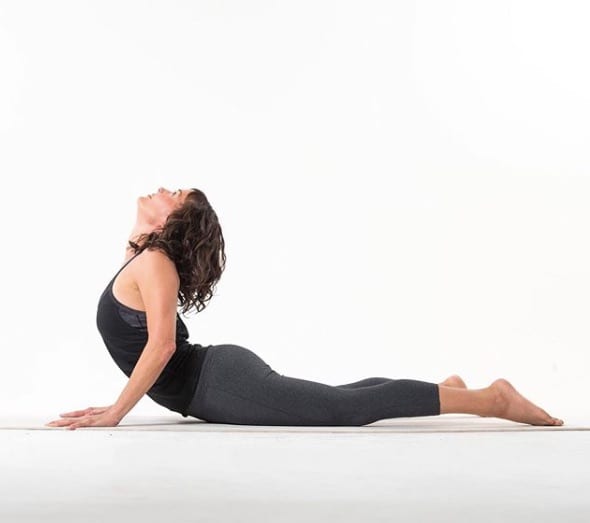

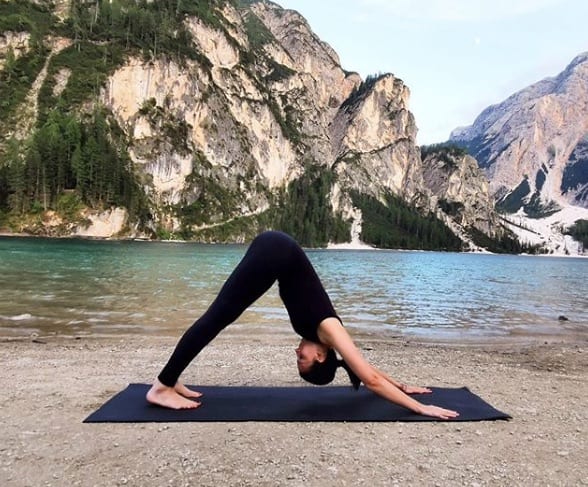


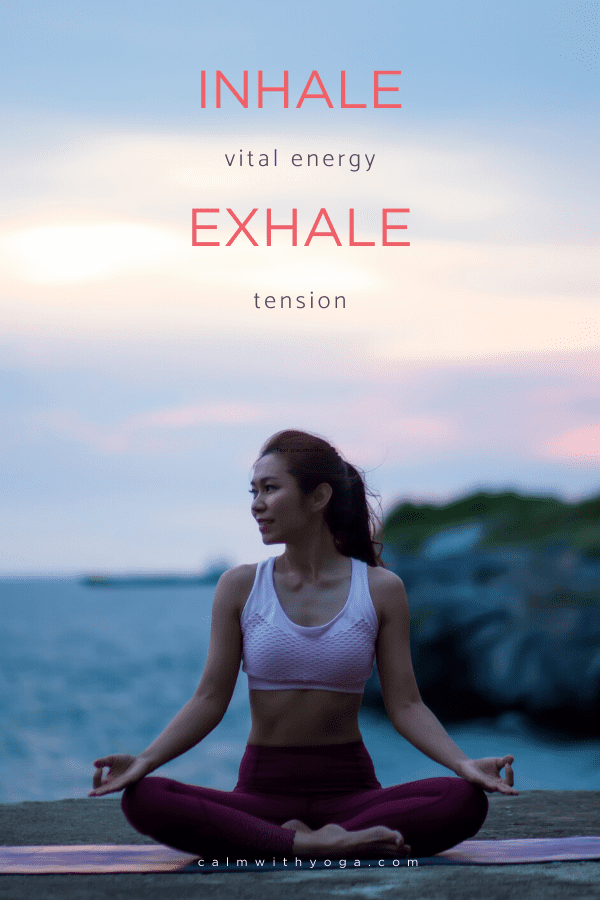
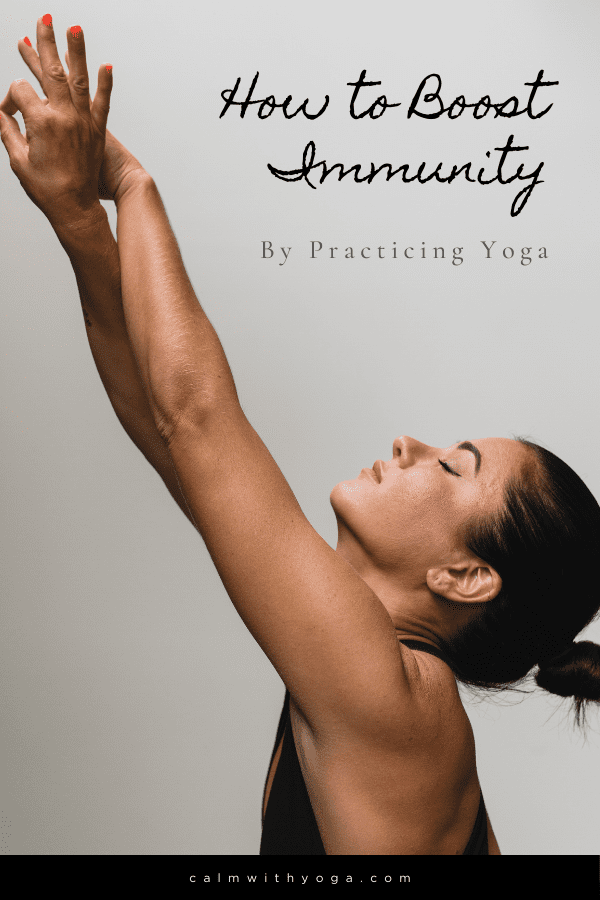
title: “Strengthen Your Immunity With Pranayama Exercise Motherhood Community” ShowToc: true date: “2022-12-25” author: “Jason Roberts”
– Dr. Wayne Dyer, autor y filósofo. Todos los días, sin que lo sepas, libras varias batallas contra amenazas externas e intrusos para ayudarte a mantenerte segura, funcional y fuerte. Si bien el funcionamiento interno de nuestra función inmunológica sigue siendo un misterio para la mayoría de nosotras, la investigación sigue aportando nuevos conocimientos que nos empoderan para familiarizarnos más con esta parte de nosotras que está diseñada para la defensa y la protección. Necesitamos que nuestro sistema inmunológico se dispare en todos los cilindros y que nos apoye mientras nos esforzamos por dar lo mejor de nosotras. Necesitamos que nuestro sistema inmunológico nos ayude a enfrentar eficazmente nuestras demandas y desafíos diarios. Si estamos constantemente estresadas o experimentando desequilibrios de humor crónicos como la ansiedad y la depresión, nuestro sistema inmunológico sufre. (1) Una de las mejores maneras de aumentar tu inmunidad en tan sólo 3 minutos (sin efectos secundarios y sin costo) es regular tu respiración. Probablemente te estés preguntando “¿puede algo tan simple como tu respiración afectar la capacidad de tu cuerpo para defenderse de enfermedades, invasores y extranjeros?” ¿Es posible comenzar a aumentar tu inmunidad simplemente cambiando la forma en que respiras? Tanto la ciencia moderna como la antigua sabiduría yóguica están de acuerdo en que puedes. Pero hay que hacerlo de forma intencional y específica. Si eres como yo y has lidiado (o estás lidiando con) una inflamación crónica y un sistema inmunitario hiperactivo, lo que estoy a punto de compartir contigo puede ayudarte a manejar tu experiencia. Si te has sentido agotada o como si estuvieras constantemente sufriendo de un resfriado, un virus o alergias, esto también es para ti…
Cómo la Respiración Abdominal y las Posturas de Yoga Mejoran la Función Inmune:
Cuando respiramos profunda e intencionalmente desde nuestro abdomen (no nuestro pecho), activamos nuestro diafragma (el músculo debajo del corazón y los pulmones que los separa de la cavidad abdominal). Es por eso que la respiración abdominal a menudo también se conoce como respiración diafragmática. Sabemos que estamos respirando con el vientre cuando nuestra parte inferior del abdomen se expande hacia afuera cuando inhalamos, y se contrae interiormente cuando exhalamos. Involucrar el diafragma al respirar de esta manera hace que se masajeen los órganos internos y las glándulas, lo que a su vez ayuda a mover la linfa (líquido que contiene los glóbulos blancos del sistema inmunitario) por todo el cuerpo a sus ubicaciones específicas. (2) La respiración abdominal profunda y controlada también puede fortalecer las defensas del cuerpo al alterar la expresión de los genes relacionados con el sistema inmunológico, como concluyó un estudio yóguico en la Biblioteca Pública de la Ciencia. (3)
Sí, Por Favor, ¡Aguanta la Respiración!
Según un estudio realizado por la Universidad Noruega de Ciencia y Tecnología (NTNU, por sus siglas en inglés), la contención de la respiración también puede cambiar la expresión genética, lo que aumenta considerablemente los glóbulos blancos para ayudar a combatir las enfermedades. (4) NTNU extrajo muestras de sangre de buceadores de primer nivel en una competencia internacional antes y después de que los atletas completaran una serie de inmersiones. “Los resultados del análisis fueron sorprendentes: la actividad de más de 5.000 genes cambió en respuesta al simple esfuerzo de contener la respiración. Esto es casi la cuarta parte de todos los genes que se encuentran en las células humanas… El hallazgo más sorprendente fue un aumento marcado de los granulocitos neutrófilos de los glóbulos blancos. Estas células sanguíneas están programadas para una respuesta rápida cuando el cuerpo percibe los ataques de los intrusos; los neutrófilos son capaces de matar células invasoras simplemente comiéndolas”, explica Ingrid Eftedal, científica investigadora de la NTNU. Teniendo en cuenta todo esto, parece que la mejor combinación de respiración que estimula el sistema inmune para un mejor estilo de vida es la respiración profunda con la retención de la respiración programada y el ejercicio físico.
El Poder de Inmunidad de Pranayama (Respiración Yóguica):
Los yoguis saben desde hace mucho tiempo que la práctica del control voluntario de la respiración (que consiste en inhalaciones intencionales, retención y exhalaciones) ayuda a fortalecer y purificar el cuerpo para que podamos sentirnos mejor y con más energía. En su libro, The Breath of Life: Integral Yoga Pranayama, Swami Satchidananda lo explica así: Como se mencionó, uno de los efectos secundarios del estrés crónico y la sobrecarga es que la función inmune óptima se inhibe y se suprime. Sobrecargas la sangre con oxígeno extra… Cuando retienes la respiración, literalmente inyectas más oxígeno en el torrente sanguíneo. El oxígeno es vida, por lo que significa que estás enriqueciendo tu sangre con mucha vida. Y no sólo tomas más oxígeno sino que, junto con el aire, recibes más prana. Cada célula de tu cuerpo vibra con nueva vida. La respiración yóguica inhibe la respuesta al estrés, que se ha demostrado que mejora la función del sistema inmunológico. (5) Un estudio realizado en 60 estudiantes de primer año de la escuela de medicina encontró que la práctica regular del yoga ayuda a crear un amortiguador de inmunidad cuando aumenta el estrés. El grupo A recibió entrenamiento yóguico durante 35 minutos diarios, mientras que el grupo B no recibió ningún entrenamiento de manejo del estrés. (6) Ambos grupos mostraron una inmunidad debilitada debido al estrés del examen, pero el Grupo B (el grupo de control) mostró niveles de inmunidad significativamente más bajos que el Grupo A (el grupo de yoga).
Un Ejercicio de Respiración Yóguico Basado en la Ciencia:
Dados los efectos de la respiración abdominal profunda junto con la retención de la respiración, este es un ejercicio comprobado y fácil que puedes practicar para aumentar tus defensas en cualquier momento. Aunque definitivamente querrás practicar este ejercicio en el invierno o cuando comiences a sentirte agotada, es aún más efectivo si practicas unos minutos de forma regular y constante. Esto es especialmente cierto si se trata de una respuesta inmune crónica y/o inflamación. ¡Puntos de bonificación por hacerlo a diario! CÓMO HACERLO:
Nota: Practica a un ritmo que sea cómodo para ti para una mejor experiencia. No debes forzar o empujar de ninguna manera. Si alguna parte de este ejercicio te parece demasiado, reduce los conteos y ajústalos en consecuencia. Consulta con tu médico o profesional de la salud antes de comenzar una práctica de pranayama desde cero, especialmente si tienes problemas de salud crónicos, los que incluyen presión arterial, en el sistema digestivo, el sistema linfático, sistema nervioso, la columna vertebral, ganglios linfáticos, etc. (1) https://www.newscientist.com/article/dn4116-brain-study-links-negative-emotions-and-lowered-immunity/ (2) https://www.amazon.com/Healer-Within-Traditional-Techniques-Meditation/dp/0062514776 (3) http://journals.plos.org/plosone/article?id=10.1371/journal.pone.0062817 (4) https://blog.medisin.ntnu.no/what-the-immune-system-is-up-to-while-youre-holding-your-breath/ (5) https://www.ncbi.nlm.nih.gov/pubmed/16624497 (6) https://www.ncbi.nlm.nih.gov/pmc/articles/PMC3482773/?report=printable
